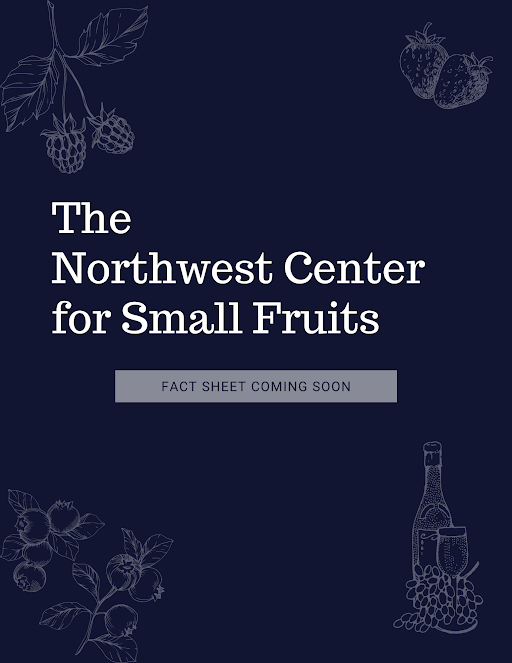 Completed Research Project
Completed Research Project
There is increased interest among growers to explore organic options for controlling raspberry root rot. Beginning fall 1999, a 3-year study was conducted at WSU Vancouver Research and Extension Unit (VREU) looking at Trichoderma, Gliocladium and manure as possible components of an integrated program for disease control. Untreated control plots and Ridomil applied plots were compared with the organic options. In 2002, a new study was established at this site to further investigate options for controlling root rot organically. These two studies have been carried out on our commercial field of ‘Meeker’ that was established in 1997 on raised beds with drip irrigation.
Eliminating the need for season-long vineyard spray control can save growers up to $100 per acre annually in miticide costs (average miticide application cost of $35 per acre). With an estimated 55,000 acres of wine grapes in the state today, reducing miticide applications from three to one can save the industry about $3.5 million annually in pesticide costs, and increase sustainability by building biodiversity and employing integrated pest management (IPM) in vineyards.
Nitrogen levels in grape must that are either too high or too low can cause sensory and economic issues in the production of fine wine. The amount of available nitrogen during fermentation is key to the healthy formation and reproduction of yeast, and completion of the process to dryness. The major yeast strain that dominates healthy alcoholic fermentation, Saccharomyces cerevisiae, typically produces one molecule of urea, glutamate, and proline from the metabolism of the amino arginine.
Nitrogen levels in grape must that are either too high or too low can cause sensory and economic issues in the production of fine wine. The amount of available nitrogen during fermentation is key to the healthy formation and reproduction of yeast, and completion of the process to dryness. The major yeast strain that dominates healthy alcoholic fermentation, Saccharomyces cerevisiae, typically produces one molecule of urea, glutamate, and proline from the metabolism of the amino arginine.
There has been an ongoing need to have consistent strawberry variety grower trials to determine the potential these new varieties have in the Pacific Northwest (PNW) climate and markets. This project began to bridge the gap between the introduction of new varieties and growers confidently planting these new varieties. Three seasons of fresh and processed strawberry trials were planted in the Pacific Northwest and evaluated for fall establishment, overwintering potential and preharvest qualities that would meet grower and buyer standards.

 Completed Research Project
Completed Research Project


